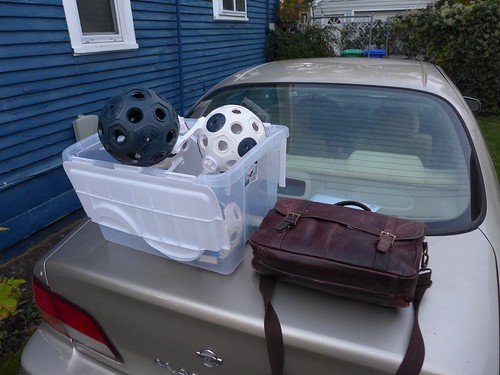You may suppose I'm proposing to talk about actual foods, but no, I'm being metaphoric again.
In the early days of eCommerce, per Supermarket Math, we had our LAMP stacks, with Linux at the foundation and a "P-language" at the top astride a database, although many just said P stood for PHP and were done with it.
Others said PHP, Perl and Python. Then Ruby came along. Then Node.
Now we have many more stacks these days. Saying you're a "full stack engineer" leads to the logical next question: "of which stack or stacks are we speaking?"
By analogy, what might I swap out of curriculum XYZ to insert new topics, just as nutritious, maybe more so.
For example, we want to share Regular Expressions. They were invented by a mathematician and they're used a lot in the real world. They get used in bash, in vim, and in Django's URLs dispatcher.
We need to keep primes versus composite and really build on those more. Euclid's Method for the GCD needs to appear in many languages. Computer languages, that is.
The absence of most modulo arithmetic in the lower grades (we might still do something with "clocks") has more to do with anti-German sentiments in 1900s New England, than with its everyday relevance to cryptography and the blockchain.
Lots of Euclidean geometry moved in to push out anything Gaussian.
Some top down imposition of the "one size" that "fits all" is very likely going to fail, next to a system allowing schools to compete and distinguish themselves. Biodiversity trumps monoculture over the long haul.
Those getting in to Martian Math early, will have that clearness of foresight as a bragging point, should the Digital Mathematics of the Silicon Forest, continue to prove itself a standard in some way.
My ideal Polytechnic features GST and Digital Mathematics in competition with more conventional fare, such as Economics and a less literary approach to core STEM.
Our bridge from PATH to STEAM keeps us anchored in our values,which we're not afraid to have.
We look at ethics / aesthetics quite a bit, comparing lifestyles. That's what engineers do.
Occupy University I'm calling it, continuing my experience from OPDX days.
In the early days of eCommerce, per Supermarket Math, we had our LAMP stacks, with Linux at the foundation and a "P-language" at the top astride a database, although many just said P stood for PHP and were done with it.
Others said PHP, Perl and Python. Then Ruby came along. Then Node.
Now we have many more stacks these days. Saying you're a "full stack engineer" leads to the logical next question: "of which stack or stacks are we speaking?"
By analogy, what might I swap out of curriculum XYZ to insert new topics, just as nutritious, maybe more so.
For example, we want to share Regular Expressions. They were invented by a mathematician and they're used a lot in the real world. They get used in bash, in vim, and in Django's URLs dispatcher.
We need to keep primes versus composite and really build on those more. Euclid's Method for the GCD needs to appear in many languages. Computer languages, that is.
The absence of most modulo arithmetic in the lower grades (we might still do something with "clocks") has more to do with anti-German sentiments in 1900s New England, than with its everyday relevance to cryptography and the blockchain.
Lots of Euclidean geometry moved in to push out anything Gaussian.
Some top down imposition of the "one size" that "fits all" is very likely going to fail, next to a system allowing schools to compete and distinguish themselves. Biodiversity trumps monoculture over the long haul.
Those getting in to Martian Math early, will have that clearness of foresight as a bragging point, should the Digital Mathematics of the Silicon Forest, continue to prove itself a standard in some way.
My ideal Polytechnic features GST and Digital Mathematics in competition with more conventional fare, such as Economics and a less literary approach to core STEM.
Our bridge from PATH to STEAM keeps us anchored in our values,which we're not afraid to have.
We look at ethics / aesthetics quite a bit, comparing lifestyles. That's what engineers do.
Occupy University I'm calling it, continuing my experience from OPDX days.





